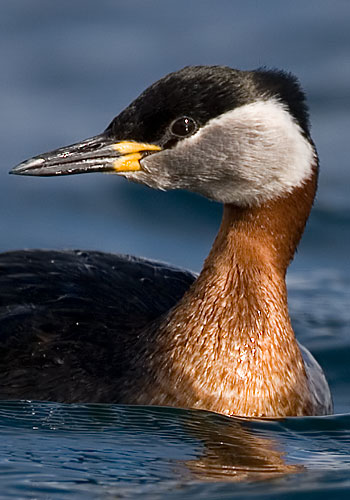Between 26 March and 6 April I travelled to the Jaú National Park in Brazil. This is the largest national park in the country, and the second largest area of protected rainforest in the world. It is remote and accessible only by long boat journeys. The rainforest is flooded seasonally by the blackwater River Jaú, forming igapó forest that is accessible only by small and manoeuvrable canoes.A trip report is available here. You can view slideshows by clicking on the links below

My student Bruna Bezerra is studying the vocal behaviour of golden-backed uacari monkeys in the igapó. The monkeys are shy, and live in remote areas of the forest. and they move high in the canopy.
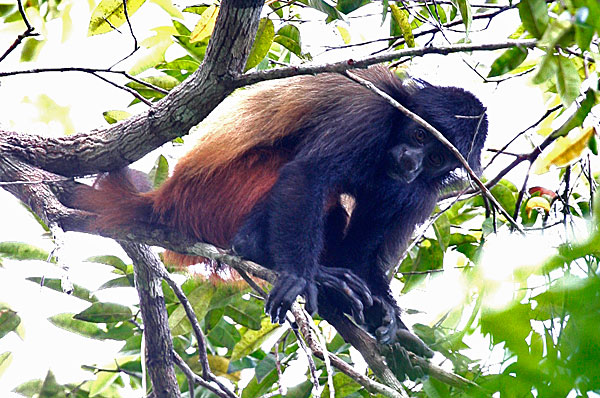
First swift over Flax Bourton on 26th. At Chew Valley Lake on 27th I saw the drake lesser scaup (on Herriot's Pool), also 2 common terns, 1 common sandpiper and 2 dunlin in summer plumage. Photos of great crested grebe, pochard and dunlin below.
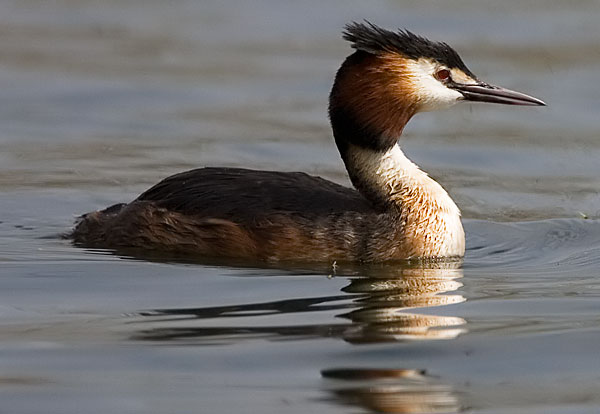
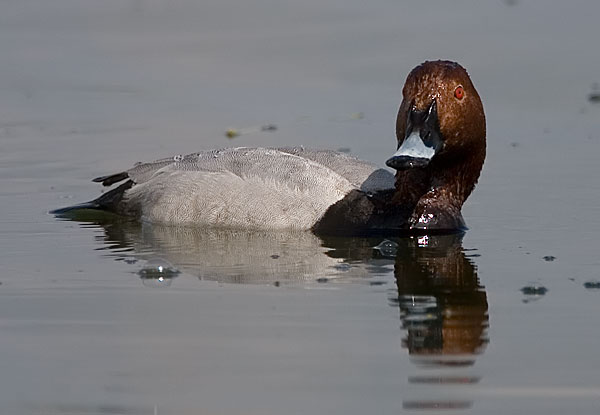
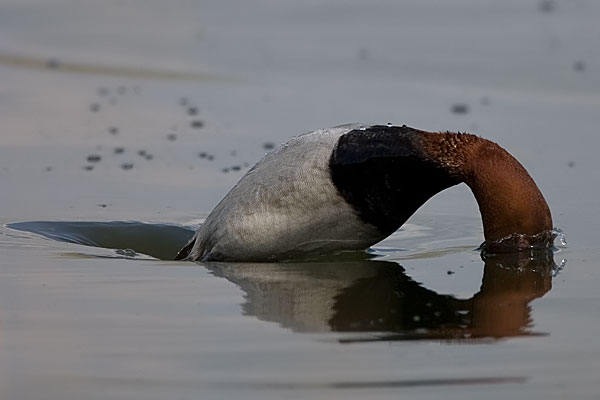
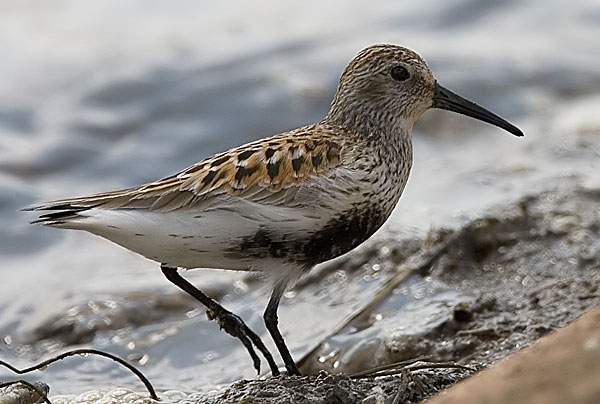
On 20th I visited Northwick Wharf briefly in the afternoon because a lot of migrants were moving in the morning. Things had quietened by the afternoon when I got there, though I did see a strong passage of swallows moving east into the wind, many goldfinches, 4 wheatears, 2 whimbrel, a little egret, and singing male willow warbler and lesser whitethroat. I finally caught up with the male little crake at Exminster marshes, though it was elusive and views poor now that the bird has moved to a drainage ditch near the fisherman's car park. Our local barn owl was still around in the daylight on the morning of 17th. First house martins back in Flax Bourton on 14th. Whitethroat on 16th.
The red-necked grebe at Cheddar reservoir is now (13th) almost completely in summer plumage and looks spectacular. Click on the image below for more photos.
Swallows flying through Flax Bourton on 12th, and several blackcaps singing. I visited the old fuel depot to collect the barn owl pellets, and a raven flew over. The groundsman (who is a good naturalist) told me of a great grey shrike he had seen around the depot over the winter - he'd seen it twice, last time about three weeks ago, and his description was spot on - he obtained excellent views through binoculars. That would have been a stunning bird to see on my doorstep, and it might even still be around. Analysis of the barn owl pellets by students showed it had eaten water shrew and harvest mouse - interesting local records. We now have a rookery at the end of our road, with 4 nests. Five red kites from the London train on 11th.










